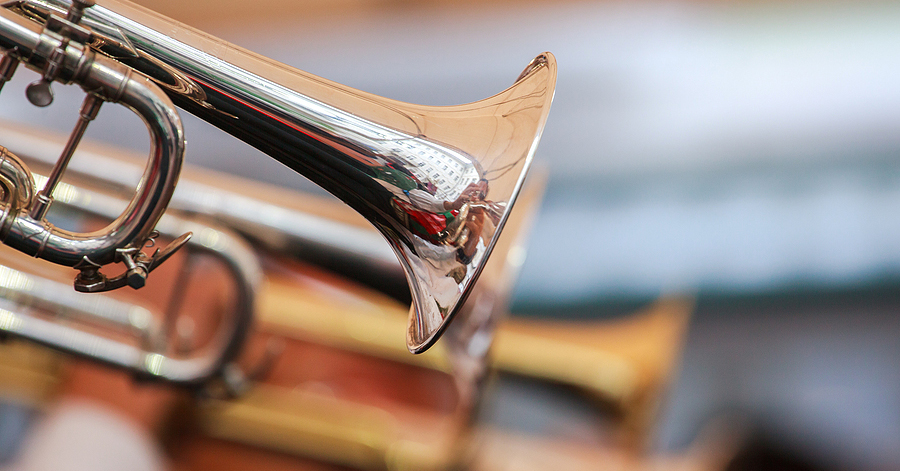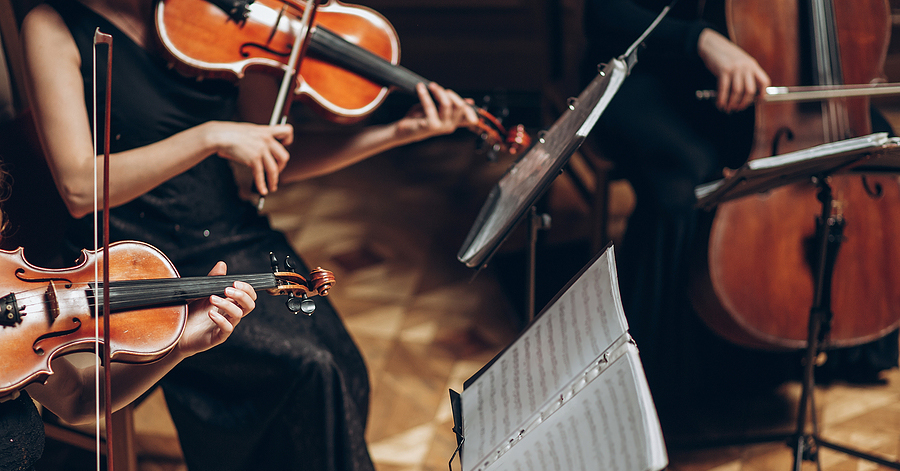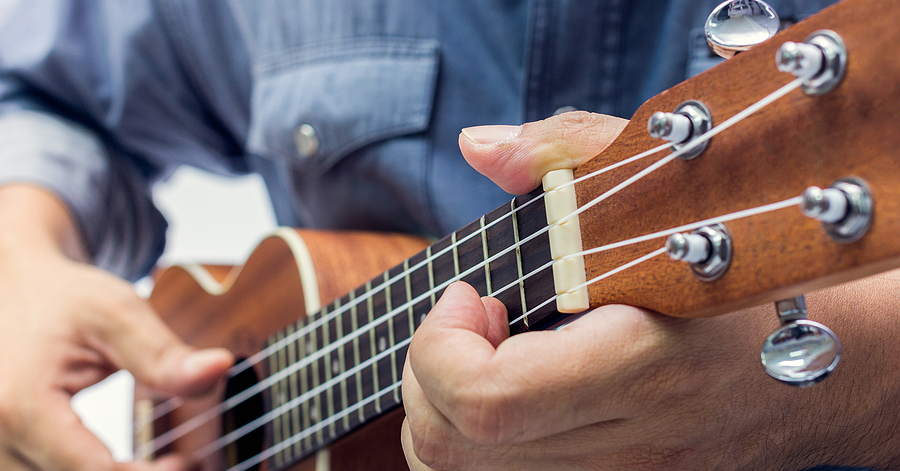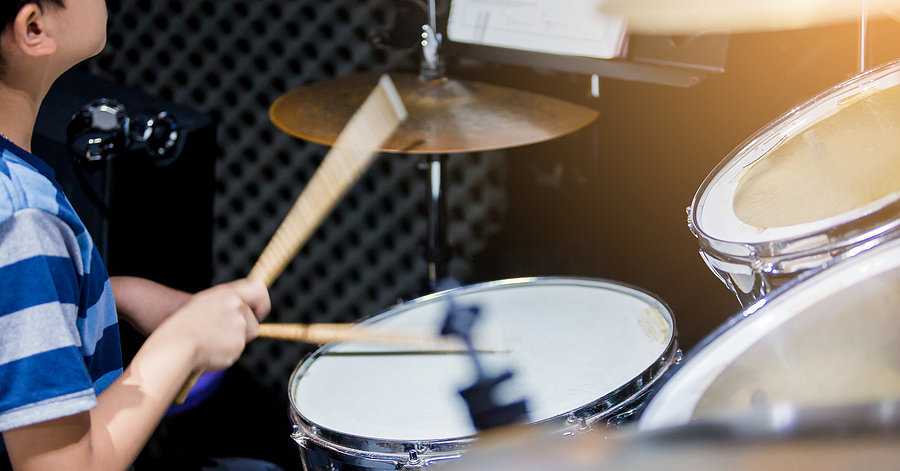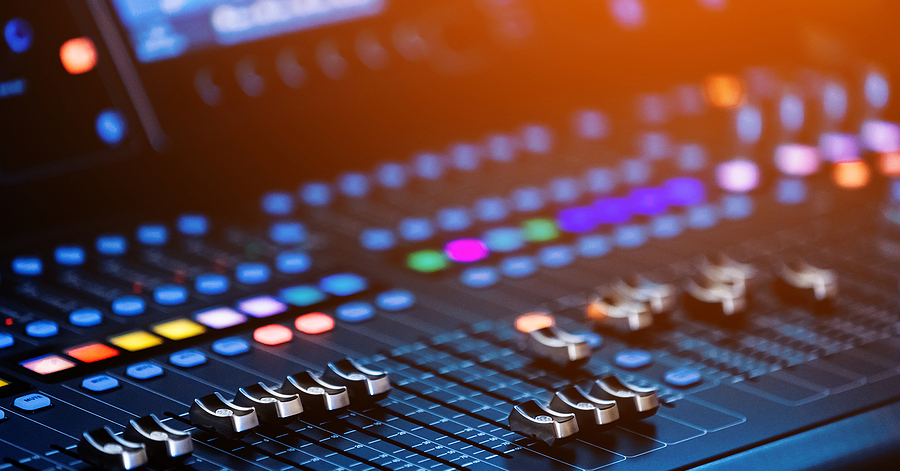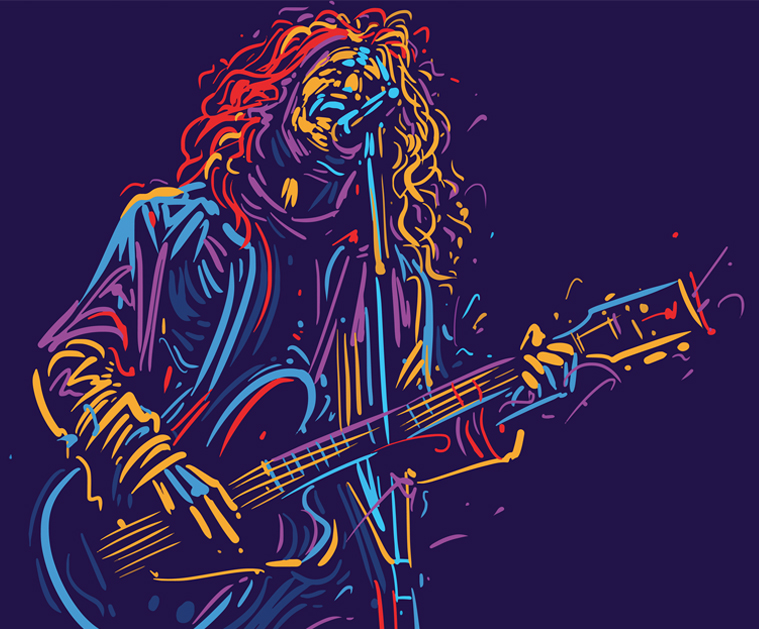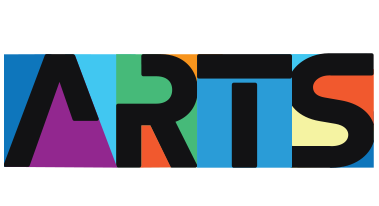Vocal training offers a transformative journey for young singers, helping them unlock their full potential and develop their unique voice.
At East End Arts, we are dedicated to nurturing young talent through our comprehensive vocal training programs.
Vocal training is essential for young singers to develop their skills, enhance their confidence, and pave the way for future opportunities in music.
Understanding Vocal Training
What is Vocal Training?
Vocal training encompasses a range of techniques and exercises designed to improve the quality, control, and strength of the voice. It involves working with a vocal coach to learn proper breathing techniques, vocal exercises, and performance skills.
Vocal training not only focuses on the technical aspects of singing but also on the artistic expression and emotional connection to the music.
The Science Behind Vocal Training
Understanding the science behind vocal training can help young singers appreciate its importance. The vocal cords are muscles that need regular exercise to stay healthy and strong.
Vocal training strengthens these muscles, improves breath control, and enhances vocal range. Physiologically, vocal training can improve lung capacity, posture, and overall vocal health, preventing strain and damage.
Benefits of Vocal Training
Physical Benefits
Vocal training offers numerous physical benefits, essential for any young singer’s development.
- Improved Breath Control
- Techniques such as diaphragmatic breathing help enhance lung capacity.
- Proper breath control allows singers to sustain longer notes and phrases without strain.
- Better Posture
- Vocal training includes exercises to align the body, ensuring a straight and relaxed posture.
- Good posture directly impacts voice projection and resonance.
- Vocal Health
- Regular vocal exercises prevent vocal strain and damage.
- Warm-up exercises are crucial for preparing the vocal cords for singing.
Psychological Benefits
The psychological benefits of vocal training are profound, contributing to overall mental well-being and performance skills.
- Increased Confidence
- Vocal training helps young singers overcome stage fright and build self-esteem.
- Performing in front of an audience boosts confidence and public speaking skills.
- Emotional Expression
- Singing provides an emotional outlet, helping young singers express their feelings.
- Developing a deeper connection with music enhances emotional intelligence and empathy.
Cognitive Benefits
Vocal training also contributes to cognitive development, improving memory, concentration, and language skills.
- Enhanced Memory and Concentration
- Learning lyrics and melodies enhances memory retention and concentration.
- Music challenges the brain with problem-solving and critical thinking.
- Improved Language Skills
- Pronunciation and diction exercises improve language clarity.
- Singing in multiple languages broadens linguistic abilities and cultural understanding.
Artistic Development
Technique and Skill Improvement
Mastering vocal techniques and skills is a fundamental aspect of vocal training.
- Mastery of Vocal Techniques
- Vocal training helps expand vocal range and control over dynamics and pitch.
- Singers learn to manage their breath and utilize different vocal registers.
- Artistic Expression
- Vocal training encourages the development of a unique voice and personal style.
- Singers learn to interpret songs and convey emotions effectively.
Performance Skills
Developing performance skills is crucial for any aspiring singer.
- Stage Presence
- Vocal training teaches body language and movement to enhance stage presence.
- Techniques for engaging the audience create memorable performances.
- Microphone Techniques
- Proper handling and positioning of the microphone are essential for sound quality.
- Singers learn to manage feedback and acoustics in various performance environments.
Long-Term Benefits
Career Opportunities
Vocal training opens numerous career opportunities in the music industry.
- Pathways in the Music Industry
- Young singers can pursue careers as solo artists or in ensembles.
- Opportunities in musical theater and opera offer diverse career paths.
- Scholarships and Competitions
- Vocal training prepares singers for auditions and competitions.
- Success stories from alumni highlight the potential for scholarships and recognition.
Lifelong Skills
The skills gained from vocal training extend beyond singing, offering lifelong benefits.
- Transferable Skills
- Discipline, perseverance, and teamwork are cultivated through vocal training.
- These skills are valuable in any career and personal endeavors.
- Continued Enjoyment
- Singing can be a lifelong hobby, providing joy and fulfillment.
- Involvement in community choirs and music groups fosters social connections.
Conclusion
Vocal training offers a myriad of benefits for young singers, from physical and psychological improvements to cognitive and artistic development.
At East End Arts, our vocal-related programs in our Music School are designed to help young singers reach their full potential.
We encourage aspiring vocalists to enroll in our programs and embark on a rewarding journey of musical growth and personal development.


